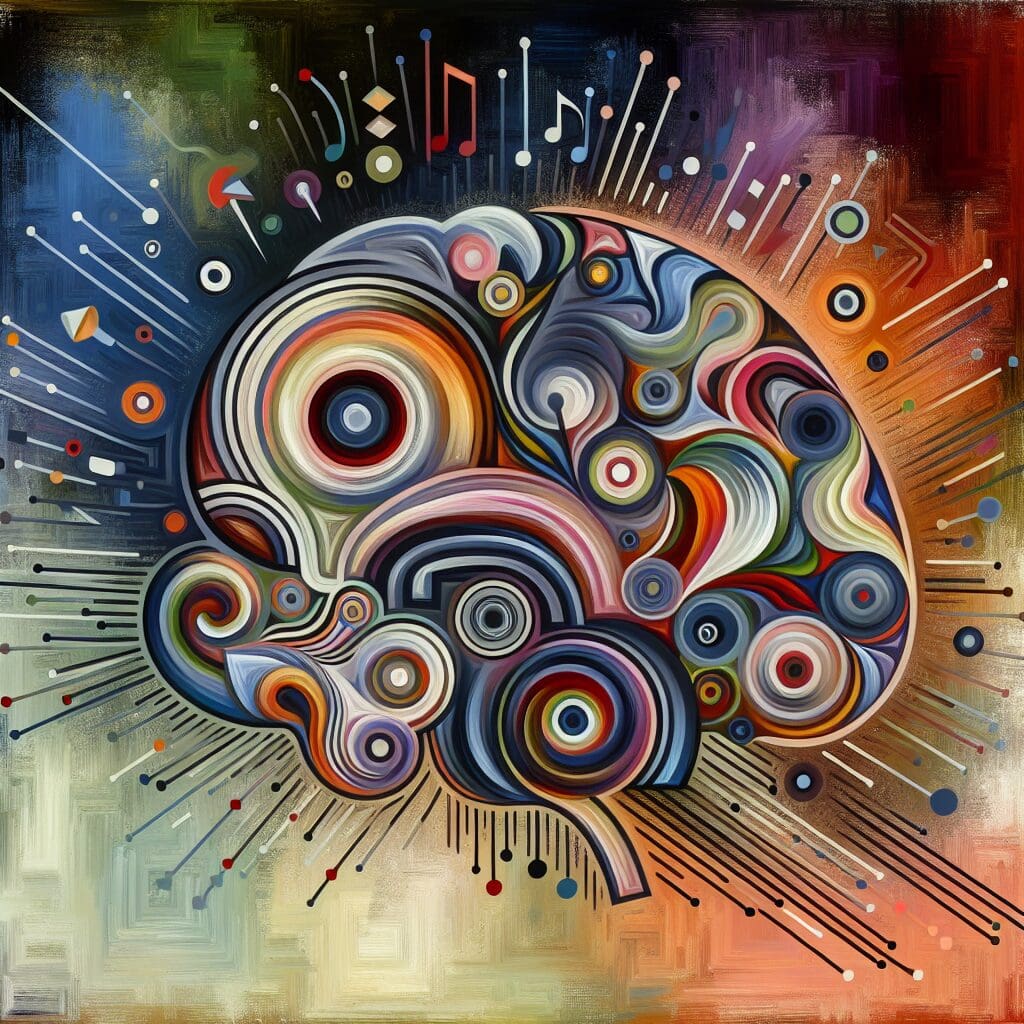Introduction: Emotions on a Tightrope Imagine making a decision about which of two cherished possessions to part with. No matter the choice, you stand to lose something important—a scenario that’s almost guaranteed to stir up a whirlwind of negative emotions. This disheartening dilemma mirrors experiences we all face, whether in relationships, our careers, or just […]
Tag: Head

Faces and Feelings: Exploring Brain Waves in Young People with Autism
Unlocking the Secrets of the Mind Imagine walking into a room and seeing someone smile at you. For most, this simple gesture might automatically trigger feelings of warmth or friendliness. However, for some, recognizing and processing this expression isn’t as straightforward. Picture how exhausting everyday interactions could become if the subtle emotions conveyed by a […]

The Unseen Power of Faces: How We Detect Emotions Instinctively
Introduction Imagine walking into a room filled with people you don’t know. Immediately, even before exchanging words, you can sense who might be in a good mood, who seems upset, and who is indifferent. How do we perform this seemingly magical feat that allows us to decode expressions and understand the emotional states of others? […]

Sounds of the Spectrum: Exploring Auditory Cortex Responses in Children with Autism
Introduction: Unraveling the Mystery of Sound Sensitivity in Autism Imagine yourself at a bustling carnival. The sounds of joyful laughter, music blaring from speakers, and the clinking of game booths are a normal part of the experience for most people. Now, picture every sound turned up to an almost unbearable level—not through volume, but through […]

Exploring the Equine Mind: Horses as Ethological Models of Depression
Introduction: Bridging the Emotional Gap Between Species Imagine standing in a pastoral meadow, observing as a group of horses graze peacefully. Among them, one horse catches your eye—not because of its grace but due to a different kind of stillness, almost as if time has paused just for it. What you might not realize at […]

The Brain’s Unseen Patterns: Understanding Autism’s Electrical Signature
Introduction Have you ever wondered what goes on inside the mind of someone with autism? How early does the brain start showing signs that differentiate someone with autism from those without? Recent research is beginning to unlock these mysteries by looking at resting EEG power, a measure of the brain’s electrical activity. Think of it […]

Understanding the Chemical Choreography of Social Behavior: Insights from Williams Syndrome
— Introduction Picture this: a world where every new person feels like an inviting friend rather than a daunting stranger. While this may seem like a dream scenario for some, it is the often-complex reality for those living with Williams Syndrome (WS). But what is Williams Syndrome exactly? And how does it affect the way […]

The Eyes Have It: How Gaze and Gesture Shape Human Interaction
Introduction: Are You Really Paying Attention? Imagine you’re sitting at a bustling café, catching up with a friend. As she talks animatedly, her gaze flickers towards an empty coffee cup beside her. To anyone watching, it seems like a simple act. Yet, beneath this gesture lies a complex dance of communication that we all participate […]

Exploring the Shadows: Autism Screening in Prisons Unveiled
Introduction Imagine a place where every action, every moment is pre-defined, not by choice but by circumstance. Behind the high walls and barbed wire of a prison lies a world unseen to most—a community hidden from society, each person bearing stories of their own. Within this world, uncovering the psychological and neurological intricacies is a […]

Breaking Free from Mental Shackles: How Mindfulness Transforms Thought Patterns
Introduction: A Closer Look at Mental Flexibility Have you ever found yourself stuck in a rut, repeating the same solutions to problems without success? It’s a common experience, one that underscores the concept of cognitive rigidity—the mental tendency to adhere to familiar patterns and solutions even when they’re not working. Imagine tackling a puzzle where […]
